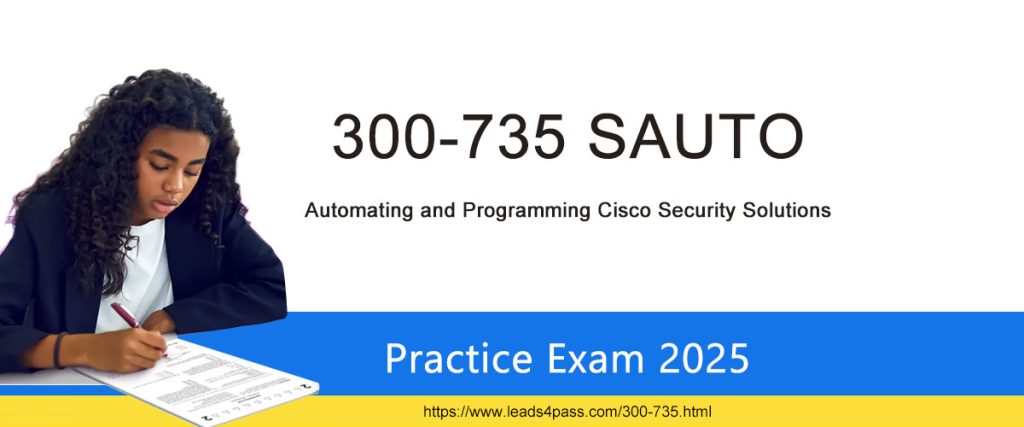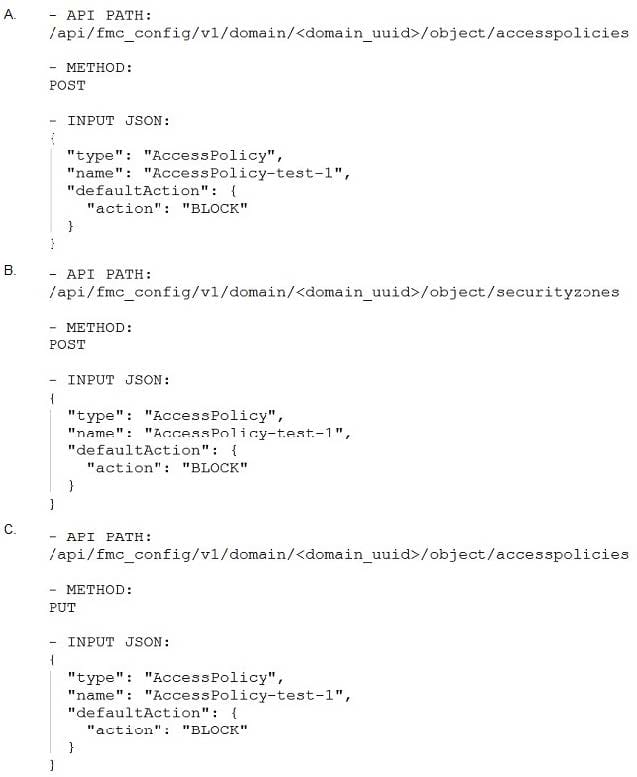The Cisco 400-101 pdf exam Questions & Answers covers all the knowledge points of the real exam. We update our product frequently so our customer can always have the latest version of the brain dumps. We have the most professional expert team to back up our grate quality products. If you still cannot make your decision on purchasing our product, please try our free demo.
Question No : 1
Which option is the most effective action to avoid packet loss due to microbursts?
A. Implement larger buffers.
B. Install a faster CPU.
C. Install a faster network interface.
D. Configure a larger tx-ring size.
Answer: A
Explanation:
You can’t avoid or prevent them as such without modifying the sending host’s application/network stack so it smoothes out the bursts. However, you can manage microbursts by tuning the Cisco 400-101 size of receive buffers / rings to absorb occasional microbursts.
Question No : 2
Refer to the exhibit.

Which statement about the debug behavior of the device is true?
A. The device debugs all IP events for 172.16.129.4.
B. The device sends all debugging information for 172.16.129.4.
C. The device sends only NTP debugging information to 172.16.129.4.
D. The device sends debugging information every five seconds.
Answer: A
Question No : 3
Which three features require Cisco 400-101 Express Forwarding? (Choose three.)
A. NBAR
B. AutoQoS
C. fragmentation
D. MPLS
E. UplinkFast
F. BackboneFast
Answer: A,B,D
Explanation:
QoS Features That Require CEF
These class-based QoS features are supported only on routers that run CEF.
• Network Based Application Recognition (NBAR) provides intelligent network classification. For more information, refer to Network Based Application Recognition.
• The AutoQoS -VoIP feature simplifies and speeds up the implementation and provisioning of 400-101 dumps QoS for VoIP traffic. This feature is enabled with the help of the auto qos voip command.
CEF must be enabled at the interface or ATM PVC before the auto qos command can be used. For more information about this feature and its prerequisites, refer to AutoQoS – VoIP.
From MPLS Fundamentals – Luc De Ghein
Why Is CEF Needed in MPLS Networks?
Concerning MPLS, CEF is special for a certain reason; otherwise, this book would not explicitly cover it. Labeled packets that enter the router are switched according to the label forwarding information base (LFIB) on the router. IP packets that enter the router are switched according to the CEF table on the router. Regardless of whether the packet is switched according to the LFIB or the CEF table, the outgoing packet can be a labeled packet or an IP packet.
Question No : 4
Which two mechanisms provide Cisco 400-101 IOS XE Software with control plane and data plane separation? (Choose two.)
A. Forwarding and Feature Manager
B. Forwarding Engine Driver
C. Forwarding Performance Management
D. Forwarding Information Base
Answer: A,B
Explanation:
Control Plane and Data Plane Separation
IOS XE introduces an opportunity to enable teams to now build drivers for new Data Plane ASICs outside the IOS instance and have them program to a set of standard APIs which in turn enforces Control Plane and Data Plane processing separation.
IOS XE accomplishes Control Plane / Data Plane separation through the introduction of the Forwarding and Feature Manager (FFM) and its standard interface to the Forwarding Engine Driver (FED). FFM provides a set of APIs to 400-101 vce Control Plane processes. In turn, the FFM programs the Data Plane via the FED and maintains forwarding state for the system.
The FED is the instantiation of the hardware driver for the Data Plane and is provided by the platform.

Question No : 5
Which circumstance can cause packet loss due to a microburst?
A. slow convergence
B. a blocked spanning-tree port
C. process switching
D. insufficient buffers
Answer: D
Explanation:
Micro-bursting is a phenomenon where rapid bursts of data packets are sent in quick succession, leading to periods of full line-rate transmission that can overflow packet buffers of the network stack, both in network endpoints and routers and switches inside the network.
Symptoms of micro bursts will manifest in the form of 400-101 exam ignores and/ or overruns (also shown as accumulated in “input error” counter within show interface output). This is indicative of receive ring and corresponding packet buffer being overwhelmed due to data bursts coming in over extremely short period of time (microseconds).
Question No : 6
Which statement about MSS is true?
A. It is negotiated between sender and receiver.
B. It is sent in all TCP packets.
C. It is 20 bytes lower than MTU by default.
D. It is sent in SYN packets.
E. It is 28 bytes lower than MTU by default.
Answer: D
Explanation:
The maximum segment size (MSS) is a parameter of the Options field of the TCP header that specifies the largest amount of data, specified in octets, that a computer or communications device can receive in a single TCP segment. It does not count the TCP header or the IP header. The IP datagram containing a TCP segment may be selfcontained 400-101 within a single packet, or it may be reconstructed from several fragmented pieces; either way, the MSS limit applies to the total amount of data contained in the final, reconstructed TCP segment.
The default TCP Maximum Segment Size is 536. Where a host wishes to set the maximum segment size to a value other than the default, the maximum segment size is specified as a TCP option, initially in the TCP SYN packet during the TCP handshake. The value cannot be changed after the connection is established.
Read more: https://www.leads4pass.com/400-101.html Pass Cisco 400-101 exam test easily at first attempt with latest and hottest Cisco 400-101 pdf exam practice questions and answers online free download.
Discover more from Provide the most popular Cisco (CCNA, CCNP, CCIE, CCDP...) IT certification exam questions and answers, exam dumps, Leads4pass expert team will help you easily obtain Cisco, Microsoft, CompTIA, Citrix, Amazon IT certification
Subscribe to get the latest posts sent to your email.


Recent Comments